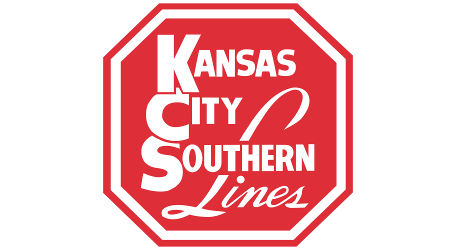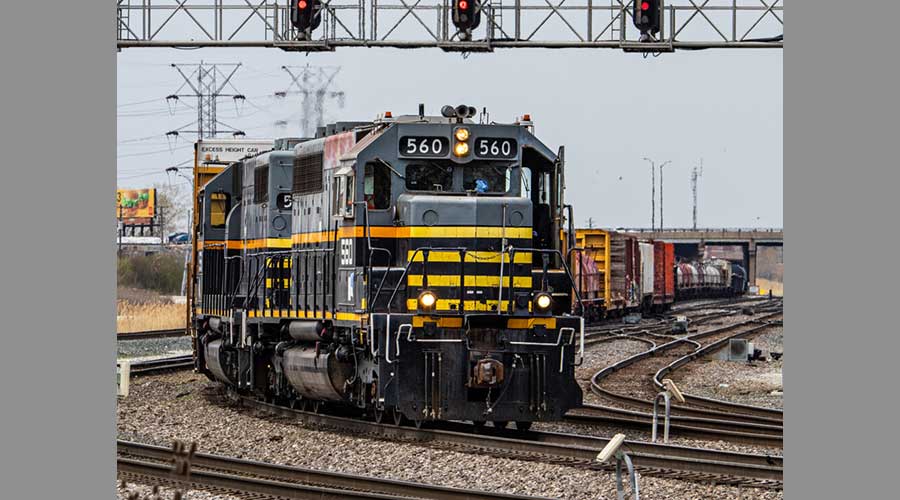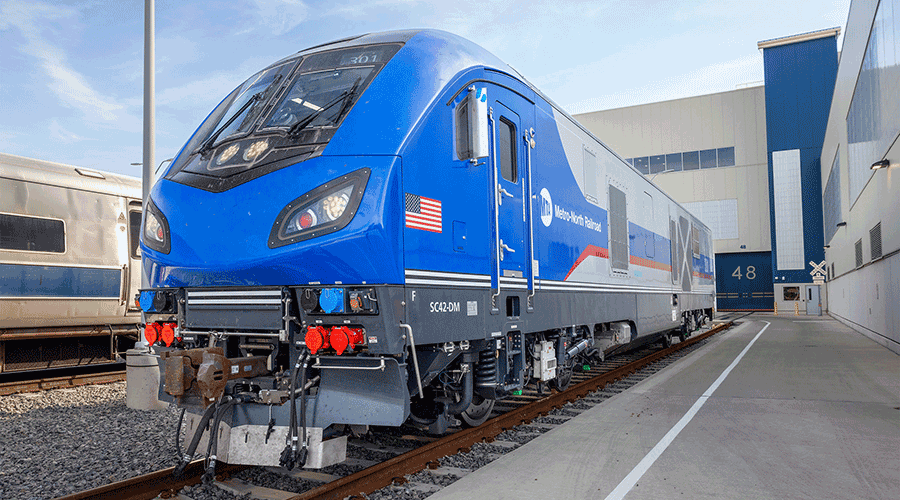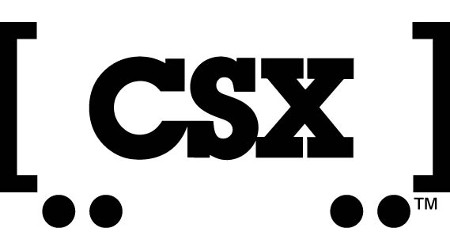Stay updated on news, articles and information for the rail industry
4/21/2017
Rail News: Kansas City Southern
Kansas City Southern posts 'solid and clean' Q1 results

Kansas City Southern today reported first-quarter revenue climbed 8 percent to $610 million on a 6 percent increase in carloads compared with first-quarter 2016.
Excluding an estimated impact of Mexican peso depreciation, revenue rose 11 percent compared with the same period a year ago, KCS executives said in a press release.
Operating income jumped 12 percent to $211 million. Reported diluted earnings per share (EPS) rose 39 percent to $1.38 from 99 cents per share a year ago. Adjusted diluted EPS rose 14 percent to $1.17 from $1.03 in Q1 2016.
Year over year, operating ratio declined to 65.4 percent from 66.6 percent.
KCS President and Chief Executive Officer Patrick Ottensmeyer described the first-quarter performance as "solid and clean." The railroad's first-quarter revenue, volumes, operating ratio and EPS were all records, he said.
Revenue increased in four commodity groups led by a 64 percent increase in energy and a 25 percent increase in automotive. Revenue from chemical and petroleum climbed 8 percent and agriculture and minerals rose 6 percent in the quarter compared with last year.
Two business areas saw "relatively modest" declines: intermodal, down 2 percent, and industrial and consumer, down 1 percent compared to Q1 2016, Ottensmeyer said.
Operating expenses increased 6 percent to $399 million. Excluding an estimated impact of Mexican peso depreciation, operating expenses rose 9 percent compared with Q1 2016 expenses.
For the remainder of 2017, KCS' outlook is "favorable" for 75 percent of its business volume and "neutral" for 25 percent. Favorable markets are automotive, energy, chemicals and petroleum, and intermodal; neutral markets are agriculture and minerals and industrial and consumer.
"We all remain focused on operational improvements and longer-term growth drivers and are excited to see some of these opportunities, such as refined products movements, materialize in 2017," said Ottensmeyer.


 2025 MOW Spending Report: Passenger-rail programs
2025 MOW Spending Report: Passenger-rail programs
 Gardner steps down as Amtrak CEO
Gardner steps down as Amtrak CEO
 Guest comment: Oliver Wyman’s David Hunt
Guest comment: Oliver Wyman’s David Hunt
 Women of Influence in Rail eBook
Women of Influence in Rail eBook
 railPrime
railPrime








